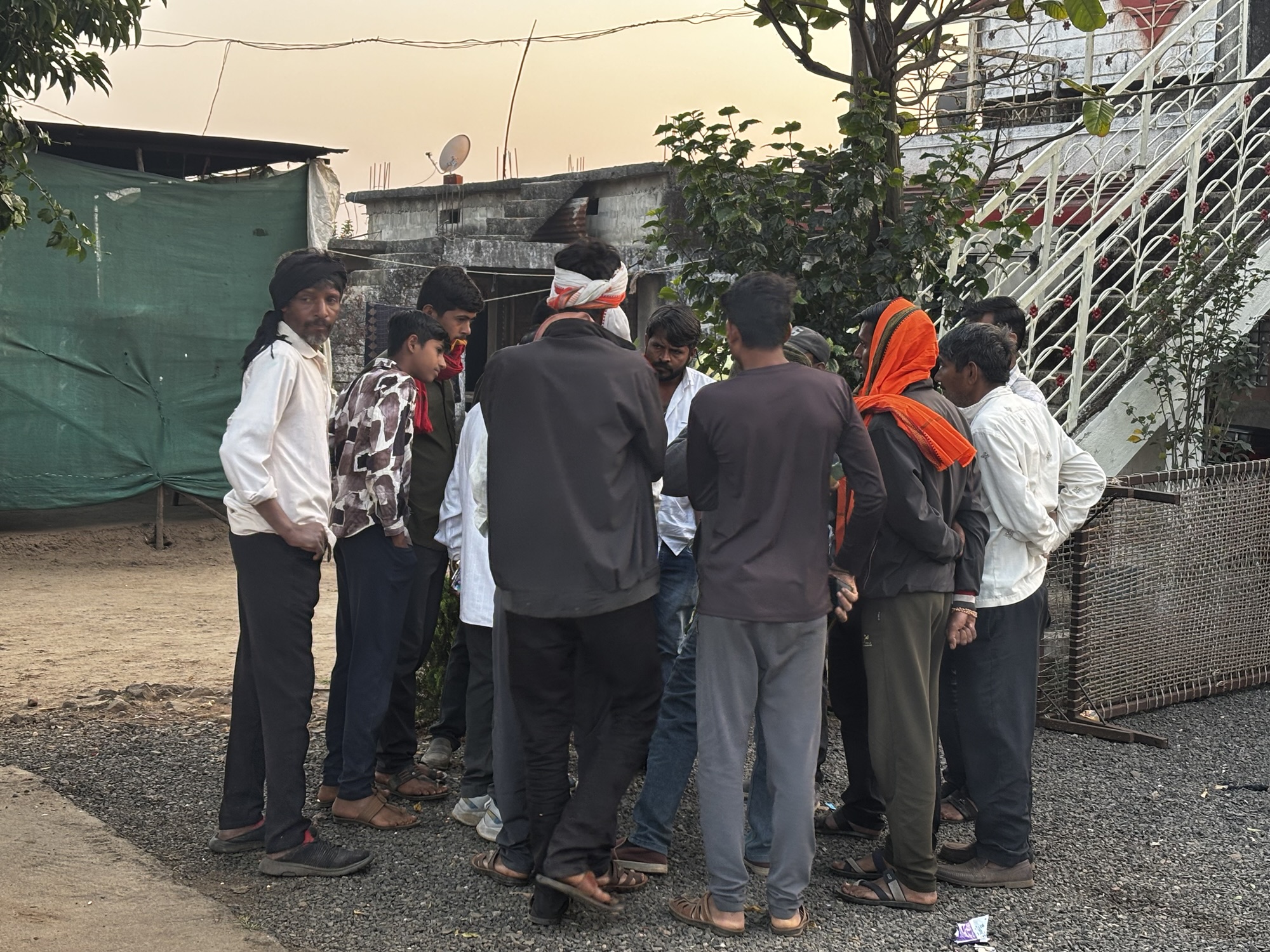The U.S. government has announced a new facility in Texas to tackle a serious threat to livestock and wildlife. This threat comes from the New World screwworm (NWS), a dangerous pest that lays eggs in open wounds, causing severe damage to animals. Agriculture Secretary Brooke Rollins revealed a five-point strategy to prevent the spread of this pest. The plan includes surveillance, cooperation with Mexico, and the use of sterile insect technology.
The new facility, costing $8.5 million, will be based at Moore Air Base, close to the Mexico border. It aims to breed millions of sterile male NWS flies. These flies will be released into the wild to mate with female flies, preventing them from laying eggs. This approach has been successful in the past, helping to eradicate the pest from the U.S. in the 1960s.
The New World screwworm has recently been spotted in southern Mexico, causing alarm among U.S. agriculture officials. To protect the American food supply, the U.S. Department of Agriculture (USDA) has suspended imports of live cattle, horses, and bison from Mexico. The USDA is also investing $21 million to convert a facility near the Guatemala border to breed more sterile flies. This facility will be ready in about 18 months and is expected to produce up to 160 million flies per week.
Rollins stated, “The United States has defeated NWS before, and we will do it again.” The USDA’s initiative includes updating emergency response plans and increasing public awareness about the pest. The agency will work closely with states to ensure proper treatments are available for any infestations.
Not only does the NWS pose a threat to livestock, but it can also infest pets and, in rare cases, humans. Buck Wehrbein, president of the National Beef Cattlemen’s Association, emphasized that having enough sterile flies is crucial for protecting American livestock. He stated, “The only way to protect the American cattle herd from the devastating threat of New World screwworm is by having a sufficient supply of sterile flies to push this pest away from our border.”
The USDA’s efforts come as pressure from the U.S. has led Mexico to take more action against the pest. Mexican Agriculture Secretary Julio Berdegué praised the cooperation between the two countries, saying it would help restart exports of cattle from Mexico as soon as possible.
The new facility will not only help breed sterile flies but may also expand domestic fly production to 300 million flies per week. This level of production is necessary to keep the NWS at bay. The USDA’s previous facility in Panama produced about 100 million flies weekly, which helped control the pest’s migration.
Texas officials have expressed gratitude for the federal government’s commitment to combating the screwworm threat. They recognize the importance of having more sterile males to outnumber non-sterile flies. Kansas Animal Health Commissioner Justin Smith mentioned concerns about wildlife crossing the border, which could spread the pest further.
In conclusion, the launch of this facility marks a significant step in the fight against the New World screwworm. The USDA’s collaboration with Mexico and commitment to innovative solutions provide hope for protecting livestock and maintaining a stable food supply in the United States. With effective monitoring and production of sterile flies, the threat of this pest can be managed successfully.





